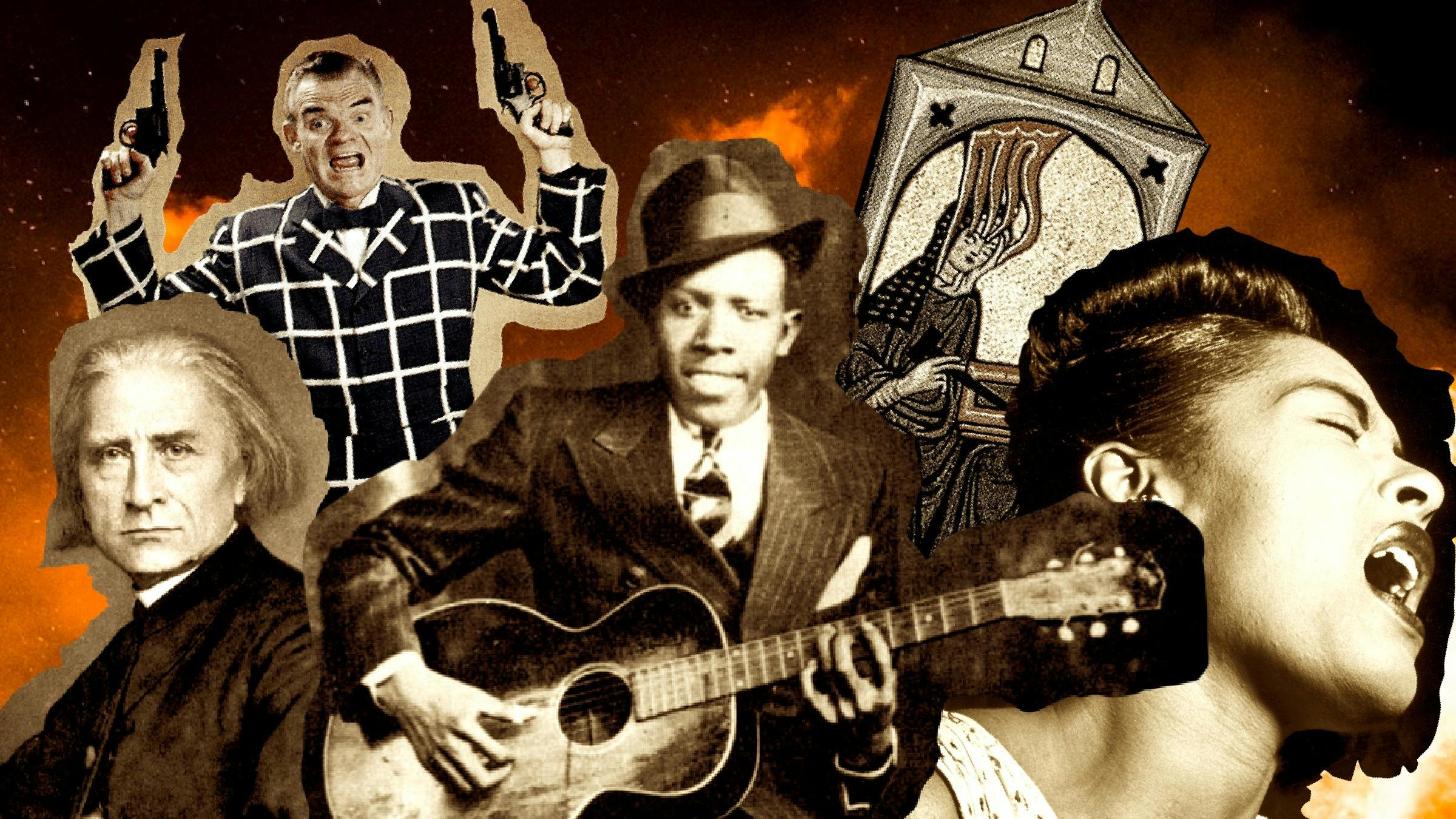Before Alice Cooper, GWAR, and Slipknot pioneered the genre now known as shock rock, there was Screamin’ Jay Hawkins, the ultimate blues maniac. Not only did Screamin’ Jay deliver his music in a frantic, unhinged warble, he did so in elaborate outfits of leopard print and colored leather, and eventually rocked a smoking skull scepter and a coffin he’d pop out of onstage (a trick eventually used by Rob Zombie). Jay's big single, I Put A Spell On You, was an explosion of unhinged drunken fury, and would later become a hit for Marilyn Manson, who covered the track on 1995's Smells Like Children.
Of course, many -- including Jay himself -- found his “cannibal voodoo” persona exploitative, playing on the idea of the black “wild man”. The singer didn’t particularly care for the "Screamin’" qualifier, and didn’t love being rock’s boogieman. That said, his theatrical work undoubtedly coined the idea of a rock show and a haunted house working brilliantly together, and his vocal delivery would inspire furious rock frontmen for decades to come.
